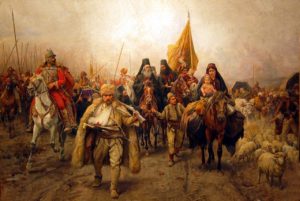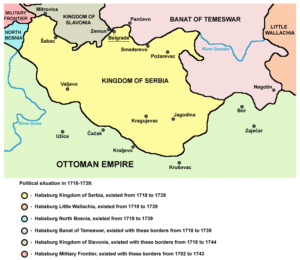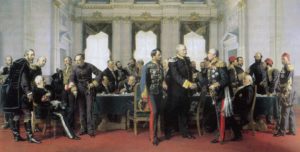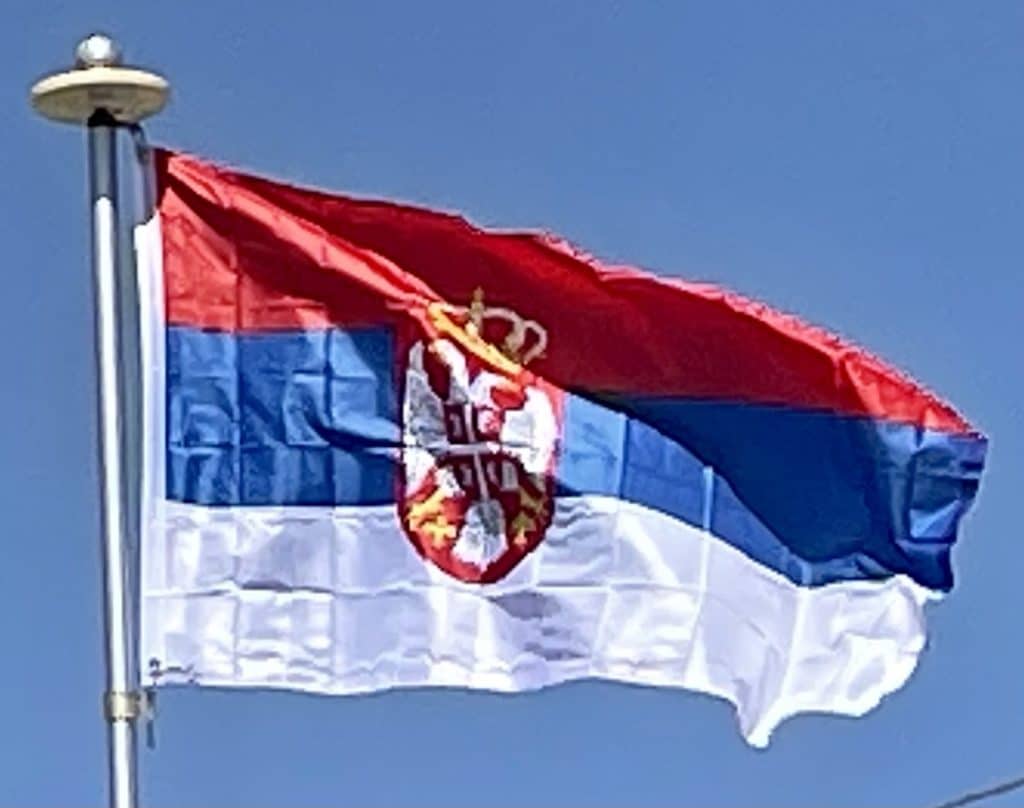After the loss of statehood to the Ottoman Empire, Serbian resistance continued in northern regions (modern Vojvodina), under titular despots (until 1537), and popular leaders like Jovan Nenad (1526–1527). Continuing wars and various rebellions constantly challenged Ottoman rule. The area of modern Vojvodina endured a century-long Ottoman occupation before being ceded to the Habsburg Empire, partially by the Treaty of Karlovci (1699), and fully by the Treaty of Požarevac (1718).

As the Great Serb Migrations depopulated most of southern Serbia, the Serbs sought refuge across the Danube River in Vojvodina to the north and the Military Frontier in the west, where they were granted rights by the Austrian crown under measures such as the Statuta Wallachorum of 1630. Much of central Serbia switched from Ottoman rule to Habsburg control (1686–91) during the Habsburg-Ottoman war (1683–1699). Following several petitions, Emperor Leopold I formally granted Serbs who wished to settle in the northern regions the right to their autonomous crown land. The ecclesiastical center of the Serbs also moved northwards, to the Metropolitanate of Karlovci, and the Serbian Patriarchate of Peć was once-again abolished by the Ottomans in 1766.

In 1718–39, the Habsburg Monarchy occupied much of Central Serbia and established the Kingdom of Serbia as crownland. Those gains were lost by the Treaty of Belgrade in 1739, when the Ottomans retook the region. Apart from territory of modern Vojvodina which remained under the Habsburg Empire, central regions of Serbia were occupied once again by the Habsburgs in 1788–1792.
Revolution and Independence:
The Serbian Revolution for independence from the Ottoman Empire lasted eleven years, from 1804 until 1815. The revolution comprised two separate uprisings which gained autonomy from the Ottoman Empire (1830) that eventually evolved towards full independence (1878).
Following the clashes between the Ottoman army and Serbs in Belgrade in 1862, and under pressure from the Great Powers, by 1867 the last Turkish soldiers left the Principality, making the country de facto independent. By enacting a new constitution in 1869, without consulting the Porte, Serbian diplomats confirmed the de facto independence of the country. In 1876, Serbia declared war on the Ottoman Empire, siding with the ongoing Christian uprisings in Bosnia-Herzegovina and Bulgaria.

The formal independence of the country was internationally recognized at the Congress of Berlin in 1878, which ended the Russo-Turkish War; this treaty, however, prohibited Serbia from uniting with other Serbian regions by placing Bosnia and Herzegovina under Austro-Hungarian occupation, alongside the occupation of the region of Raška. From 1815 to 1903, the Principality of Serbia was ruled by the House of Obrenović.
The Balkan Wars and World War I:
In the course of the First Balkan War in 1912, the Balkan League defeated the Ottoman Empire and captured its European territories, which enabled territorial expansion of the Kingdom of Serbia into regions of Raška, Kosovo, Metohija, and Vardarian Macedonia. The Second Balkan War soon ensued when Bulgaria turned on its former allies, but was defeated, resulting in the Treaty of Bucharest. In two years, Serbia enlarged its territory by 80% and its population by 50%, it also suffered high casualties on the eve of World War I, with more than 36,000 dead. Austria-Hungary became wary of the rising regional power on its borders and its potential to become an anchor for unification of Serbs and other South Slavs, and the relationship between the two countries became tense.
